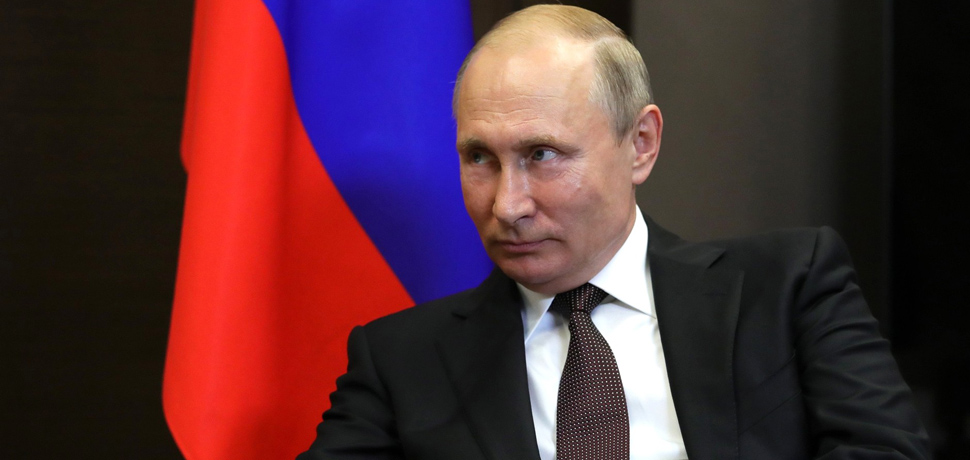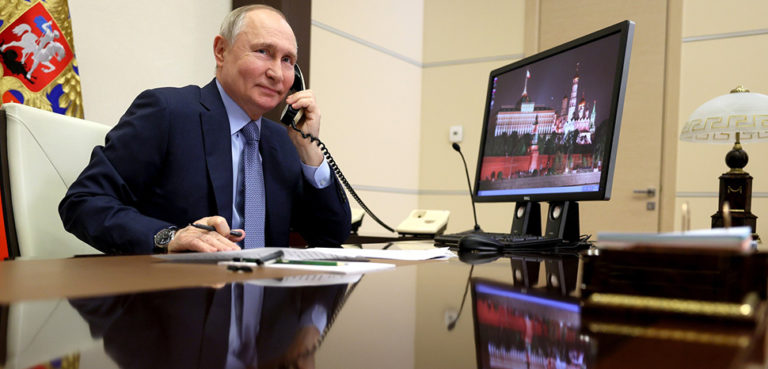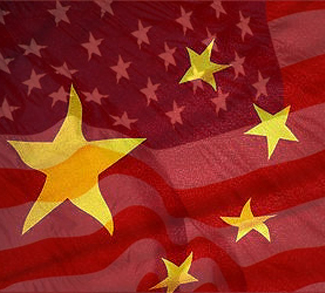US sanctions against Russia for interfering in its elections were both justified and necessary, but some of these sanctions, if followed to the letter, will hurt the United States and benefit Russia in unintended ways. This is particularly true when looking at possible US sanctions against the world’s largest democracy and a country the United States is quickly growing close to: India. The Trump administration has a choice to make, and, if it chooses poorly, the United States might shoot itself in the foot with its own sanctions, to no real benefit.
In the wake of the 2016 US presidential election and clear evidence of Russian interference, the Countering America’s Adversaries Through Sanctions Act (CAATSA) was passed. Among many other things, it looked to punish Russia and discourage other countries that do business with the Russian arms industry.
India, a major purchaser of Russian arms, would fall under these sanctions unless the Trump administration decides to provide a waiver. It should do just that, because the alternative wouldn’t affect India’s behavior, would leave that country only more reliant on Russian equipment, and would likely hurt US business and interests more than anything else. If US policymakers want to hit Moscow’s purse, they should focus on helping India develop its own domestic defense industry and on replacing Russia as a significant supplier.
The reason why any sanctions wouldn’t have the desired effect is because India is dependent on Russian defense imports. India imports more weapons than any other country on earth, and between 2013 and 2017 62% of India’s foreign defense purchases came from Russia. If forced to choose between a close US or Russian relationship, there is little doubt where India would turn. New Delhi has no desire to disrupt its decades-long defense relationship with Moscow, and, for the moment, jeopardizing its ties with such a critical supplier isn’t an option.
Another reason why sanctions won’t work is because they wouldn’t achieve the immediate US objective of stopping the $5.4 billion arms deal currently underway. This is because India believes it needs what Russia is selling, in this case the S-400 air defense system, which is the most advanced system of its kind in the world. Having fought wars with two of its neighbors, China and Pakistan, in living memory, and given the depleted state of the Indian Air Force, New Delhi has an understandable need for such a system.
Finally, sanctioning India wouldn’t be in the US self-interest either. The United States is India’s second-largest defense supplier behind Russia, exporting billions of dollars of planes, helicopters, and other materials to India over the past five years. Applying sanctions now would make the United States appear like an unreliable partner, simultaneously dealing a blow to any future defense contracts and thus making the Indian military only more dependent on Russian imports and goodwill.
This blow would also come at a time when US-India relations are just beginning to warm. The world’s two largest democracies regularly conduct military exercises, have signed several important defense agreements, and cooperate on half a dozen research and technology projects, including on sensitive technologies such as jet engines and aircraft carriers design.
To curb Russia’s lucrative Indian arms exports, the US should work on increasing the US market share and increasing the number of technology transfer projects like those already underway. This latter approach would also play into India’s own desire to lower its dependency on foreign defense suppliers, a goal voiced by successive Indian administrations under then Prime Minister Singh and current Prime Minister Modi.
The White House has all the tools at hand to avoid sanctioning India. Though initially, CAATSA didn’t allow waivers to be granted for major defense purchases like these, after urging from then US Defense Secretary Mattis and others, Congress passed an act that allows President Trump to grant waivers to CAATSA sanctions.
Despite this, the Trump administration has been sending mixed signals as to whether a waiver will be granted. The administration did give India a six month reprieve from the effects of sanctions on Iranian oil in November 2018, but the waiver is set to expire in early May, and it’s unclear if it will be renewed.
Randall Schriver, the Pentagon’s Assistant Secretary of Defense for Asian and Pacific Security Affairs, commented, “I can’t sit here and tell you that they would be exempt, that we would use that waiver; that will be the decision of the president.” President Trump said he is “grateful for [his] friendship with Prime Minister Modi,” but when asked directly about the possibility of a waiver he ominously commented that “India will find out. You’ll see. Sooner than you think.” Paired with the President’s remarks calling India the “tariff king,” it’s unclear what will happen.
The US was right to sanction Russia for its actions, and targeting their international arms trade is a good idea, but sanctioning India will not help the US. Ultimately CAATSA wants to limit Russian arms sales as a revenue source for the Kremlin. To do this, rather than punishing a potential ally, US policy should try to slowly replace Russia as India’s most reliable defense supplier by demonstrating US dependability and sharing technology, acting more like a competitor that is offering a better deal than an authority penalizing noncompliance. In the end, using the carrot will be far more effective than the stick.
The views expressed in this article are those of the authors alone and do not necessarily reflect those of Geopoliticalmonitor.com or any institutions with which the authors are associated.




